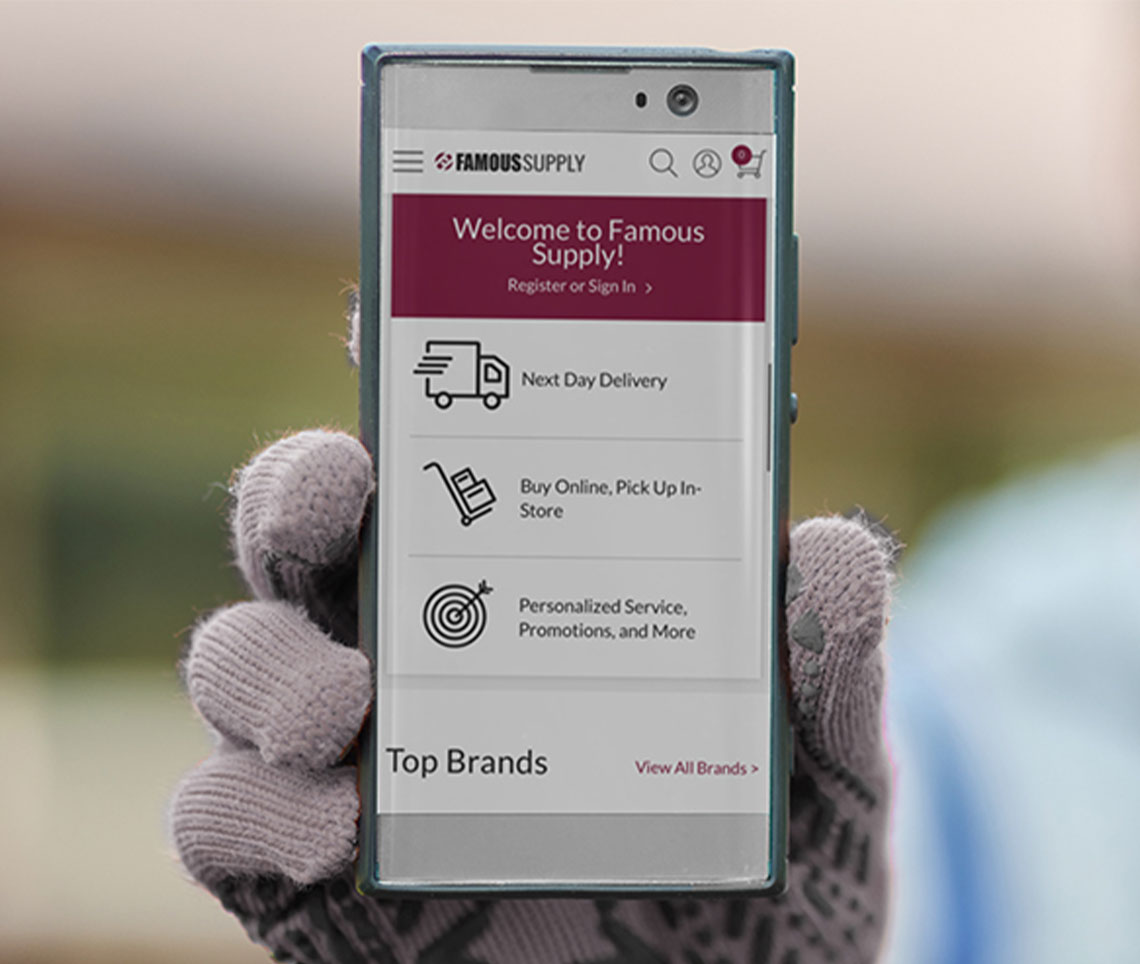
37. Be Process-Oriented.
World-class organizations are built on a foundation of highly effective, repeatable systems and processes. Work to create processes for every aspect of your role, and then turn those processes into habits to achieve efficient and consistent results.
Jim's Message:
Organizations that grow are usually only able to do so if they have strong (yet flexible) processes., Processes use our best practices to drive consistency of quality in what we produce. They also create cost savings through efficiency. Processes are also like a playbook. Everyone is on the same page with what activities their teammates are doing, how they’re doing them, and why.
Moving to a process orientation challenges us to break down our daily tasks into an improvement process.
- Clearly defining the business challenge
- Define the metrics that determine success (or failure). Objectively understand our current state and set future goal for performance
- Analyze the current issues and identifying the root causes that needs addressed
- Improve the process by resolving the root causes of issues
- Continue to monitor results to ensure consistent and sustained success
A process orientation leads to better discipline and stronger collaboration across business functions. Stronger processes ultimately mean faster order fulfillment, faster cash receipt, and optimized inventories, just to name a few. We can eliminate redundant work across functions, provide a happier customer experience, and achieve improved business results for Famous.
One associate who’s been great at developing sustainable processes is Del Landin. Project teams he’s led (developing FLS, creating the Central Warranty Team, the Pittsburgh Distribution Center, and the recent Youngstown Branch opening) always have a culture of process. The positive results of those initiatives speak for themselves.
Organizations are continually under competitive pressures. We must always re-evaluate and improve our business model and underlying business processes that drive it. We must continue to be a leader in our industry by finding better ways to do things. This means fostering a culture that’s regularly designing new processes that result in competitive differentiation and / or lower cost. I’m delighted to say we’re doing just that.















